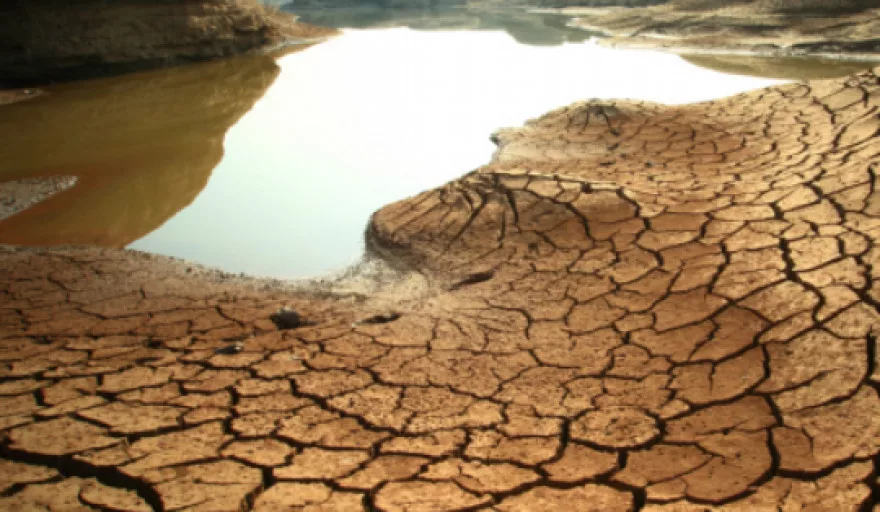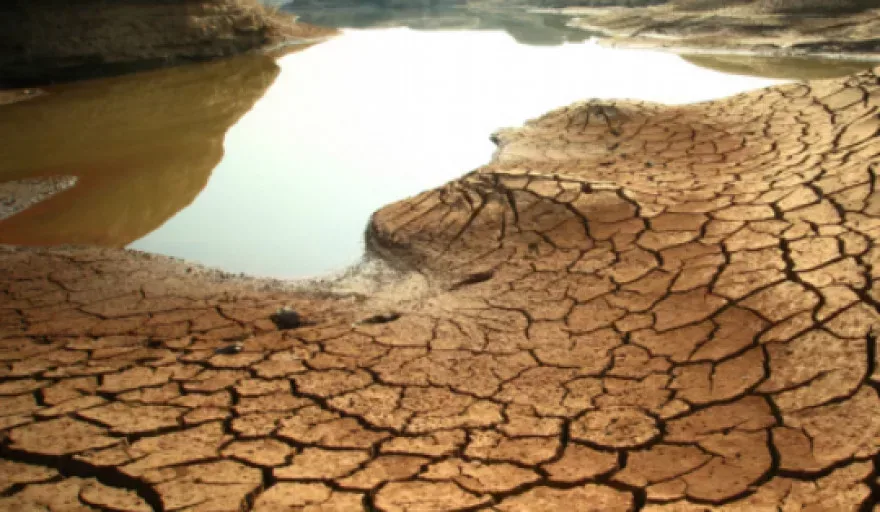
Three billion people will join the global consumer class over the next two decades, accelerating the degradation of natural resources and escalating competition for them, and nowhere is this growing imbalance playing out more acutely than the water sector.
In terms of United Nations’ Sustainable Development Goal Six, clean accessible water for all is an essential part of the world we want to live in. However, due to bad economics or poor infrastructure, every year millions of people – most of them children – die from diseases associated with inadequate water supply, sanitation and hygiene.
Already, scarcity is so pronounced that we cannot reach many of our desired economic, social, and environmental goals. If we continue business as usual, global demand for water will exceed viable resources by 40 percent by 2030.
In South Africa we are facing a water shortage. This can be attributed to various factors; climate change has affected water supplies within the region and we are facing a severe drought period. For example, in Durban, the dams are 20 percent lower than at the start of 2010. Due to this fact, cities are starting to impose water restrictions on communities.
Many experts have claimed that wasteful treatment of water results from dysfunctional political or economic systems and ill-defined markets. However, an issue is that water has been pushed into a linear model in which it becomes successively more polluted as it travels through the system, making future use impossible.
Circular economy
A linear economy model means that raw materials are extracted, transported to manufacturers, and processed into various products. Since the linear model is economically and environmentally unsustainable, we should be viewing water as part of a circular economy, where it retains full value after each use and eventually returns to the system.
And rather than focus solely on purification, we should attempt to prevent contamination or create a system in which water circulates in closed loops, allowing repeated use. In the water sector, a circular economy approach will mean reusing water constantly, imitating the way the natural water cycle works.
With water scarcity spreading and intensifying in many regions, we need to change our attitude and view, but this must happen immediately given the urgency of the situation.
Circular economy thinking aims to move away from waste; to prevent it rather than manage it, breaking the still prevalent linear make-use-dispose paradigm that dominates our economies.
Harsh reality
Though the switch to a different economic model is not simple, we are being pushed towards the circular model due to increasing scarcity and pollution of natural resources, compounded by the growing environmental consciousness of citizens, governments and companies. In order to achieve this, we need to change our thinking and address these issues in a collaborative manner.
Having seen how the circular economy model has benefitted the South African economy and essentially dealt with the waste tyre problem, I believe that the shift to a circular water economy holds much promise. It would replace scarcity with abundance and greatly reduce the resources needed to run our global water infrastructure.
A circular water economy might even eliminate rapidly growing clean-up costs because no harmful substances would be added to the water supply.
If we do not act now, by 2050 at least one in four people are likely to live in a country affected by chronic or recurring shortages of fresh water; a harsh reality to live with.






























